The Fomapan series of films are ones that I only recently discovered in the past couple years. It actually was in 2015 when I visited Europe for the 200th Anniversary of Waterloo and popped into a camera shop in the old city of Amsterdam. And there was the whole range of Foma products from paper to film. Well, when I returned I made a point to start checking out this Foma product line. While Fomapan 100 wasn’t my first experience with the product line, it is my favourite of the three film stocks.
Film Specs
Type: Panchromatic B&W
Film Base: Polyester
Film Speed: ASA-100, Latitude: 40-400
Formats Avaliable: 35mm, 120, Sheets
Roll 01 – Kodak TMax Developer
I’m not sure if it was the lighting or the developer on this one, but not exactly my favourite combination. Yet, it’s not a bad choice of developer, you get the resolving power that you have with Fomapan 100, fine grain, the tones, but the image is just flat. Sure you have the blacks and the whites, but even those are a little off for my taste. If there was a time for 1+4 you might see an improved contrast. But still, if you want this low contrast look, then yes, a solid choice.
Technical Details:
Mamiya 645 AF-D III – Mamiya 645 AF 80mm 1:2.8 – Fomapan 100 @ ASA-100
Kodak TMax Developer (1+9) 8:00 @ 20C
Roll 02 – Kodak HC-110
One of my favourite developers for Fomapan 100 is HC-110, because not only do you get a good contrast even with low dilutions like H and F, you maintain amazing tonality across the spectrum and a sharp look and fine grain. Sure you may need to develop it a bit longer than usual or use a different agitation pattern. But trust me this gives you that classic look that you have come to expect from the Foma line of films without losing sharpness or increasing the grain.
Technical Details:
Contax G2 – Carl Zeiss Planar 2/45 T* – Fomapan 100 @ ASA-100
Kodak HC-110 Dil. F 7:45 @ 20C
Roll 03 – Rodinal
If you want contrast on the nose, then Rodinal is your choice for developers with Fomapan 100. You also get to see how sharp the film is, but you do get far more noticeable grain especially when you shoot in 35mm, but far less noticeable in 120. Rodinal is by far my primary developer with Fomapan 100 because it’s a classic looking film, it should always be paired with a classic developer.
Techincal Details:
Hasselblad 500c – Carl Zeiss Distagon 50mm 1:4 – Fomapan 100 @ ASA-100
Blazinal (1+50) 9:00 @ 20C
Roll 04 – Kodak D-23
For a slow working developer you get a whole lotta contrast out of Fomapan 100, and like Rodinal it gives a strong look to the film. Smooth tones, great contrast, and fine grain. Now you do lose a bit of sharpness but not enough to be overly concerned about it. Of course the downside is that you do have a ten minute developing time, but it’s worth the time.
Technical Details:
Hasselblad 500c – Carl Zeiss Planar 80mm 1:2.8 – Fomapan 100 @ ASA-100
Kodak D-23 (Stock) 10:00 @ 20C
Final Thoughts
If you’re looking for a classic emulsion that feels like a film you’d have shot in the mid-twentieth century then Fomapan 100 is for you. While you do need to purchase the stock through more speciality film stores Freestyle, Argentix, Maco Direct, B&H, it’s well worth the effort because it is slightly less expensive than mainstream films from Kodak, Fuji, and Ilford. But to get the best results for the film, stick to classic developers, HC-110, Rodinal, and D-23. While I haven’t tried the film with D-76 yet, I’m sure that it would do just as good a job.
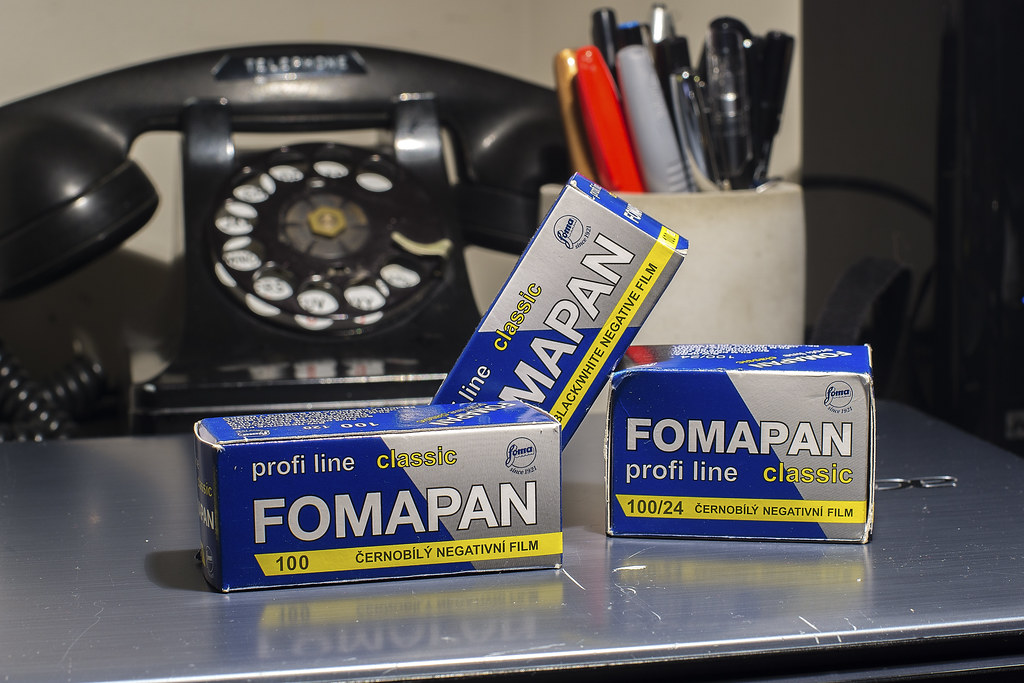
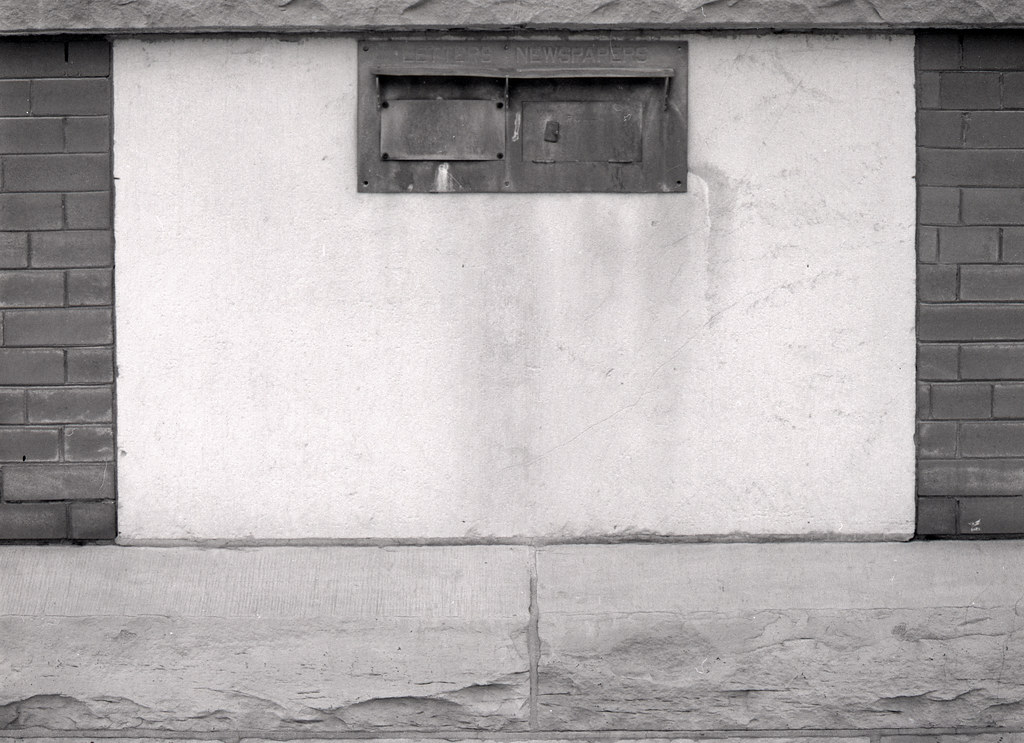
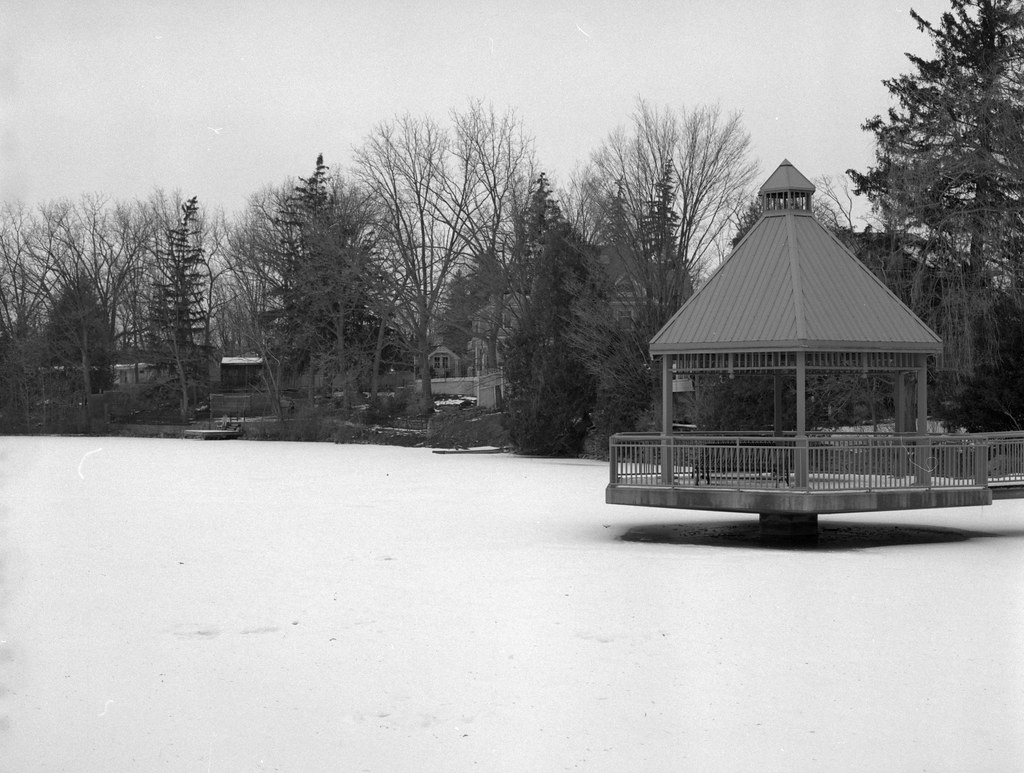
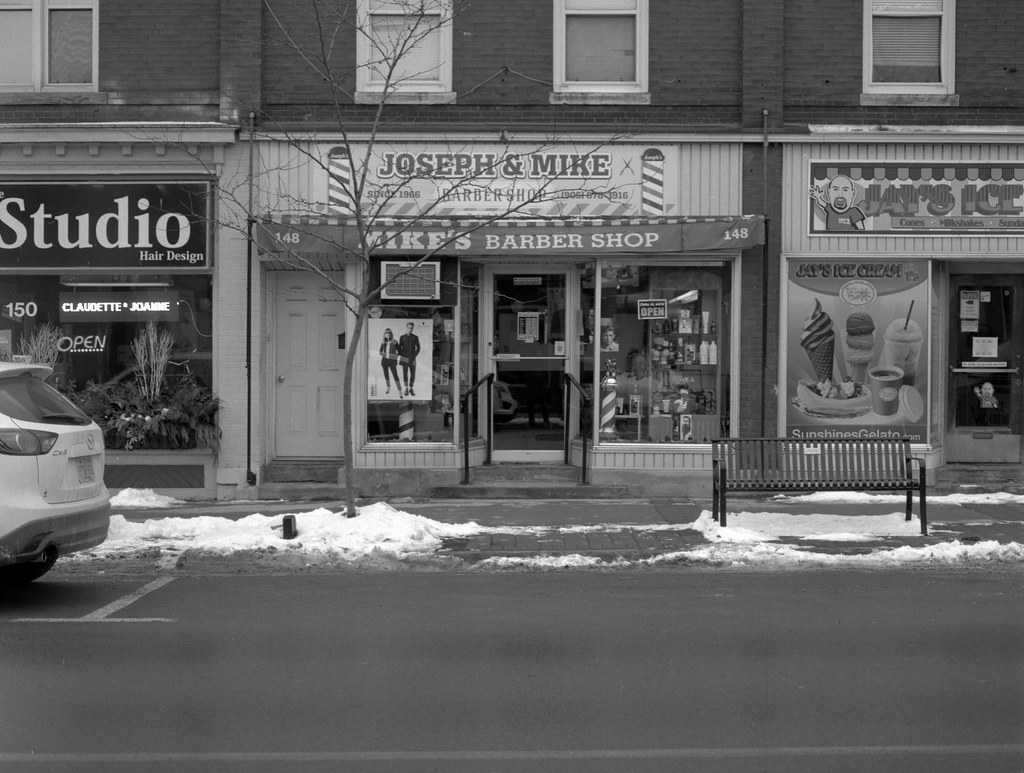
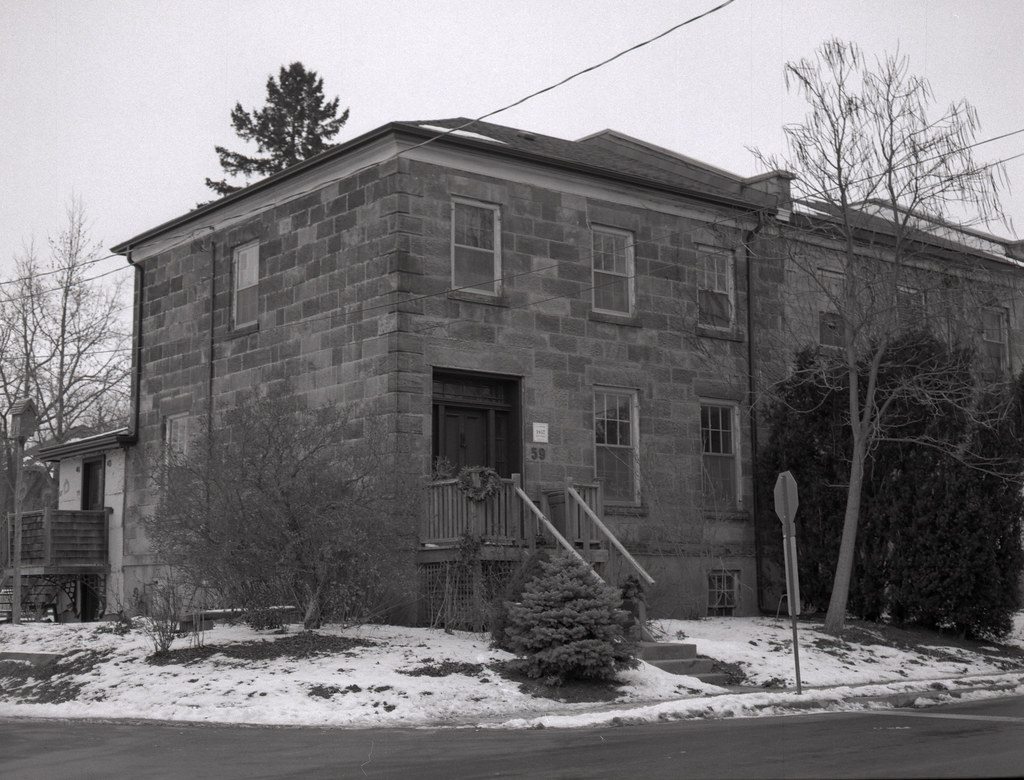
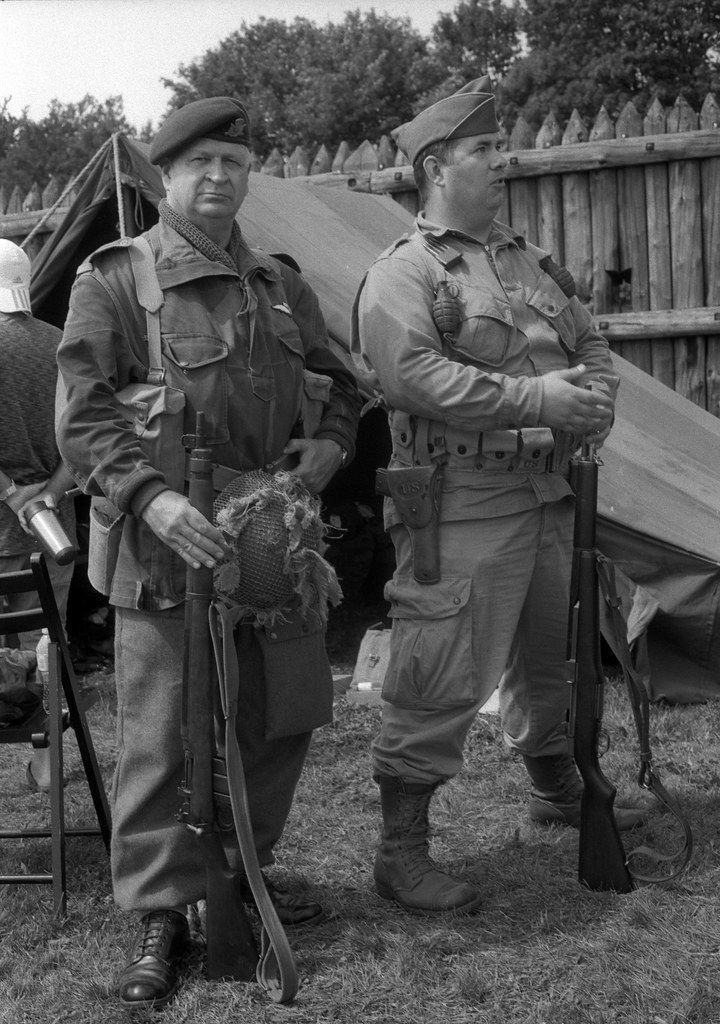
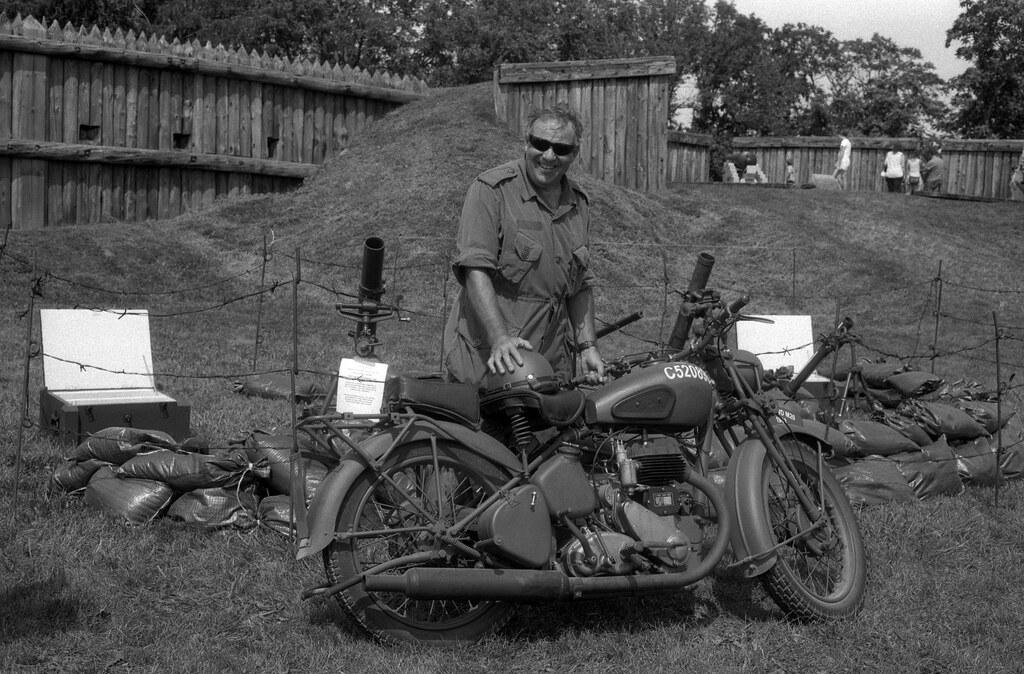
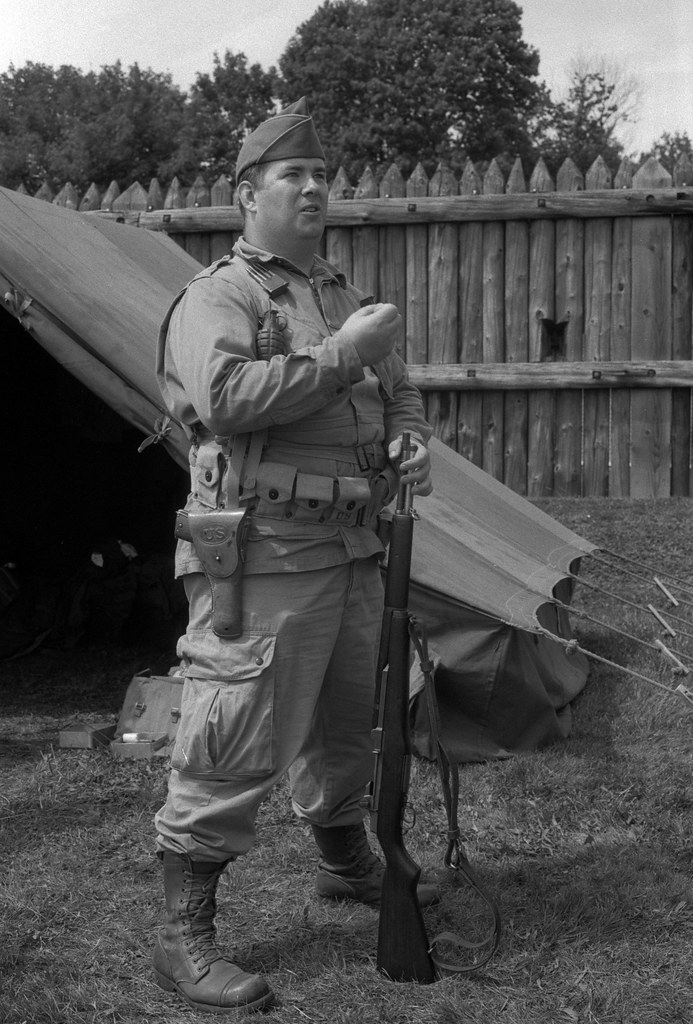
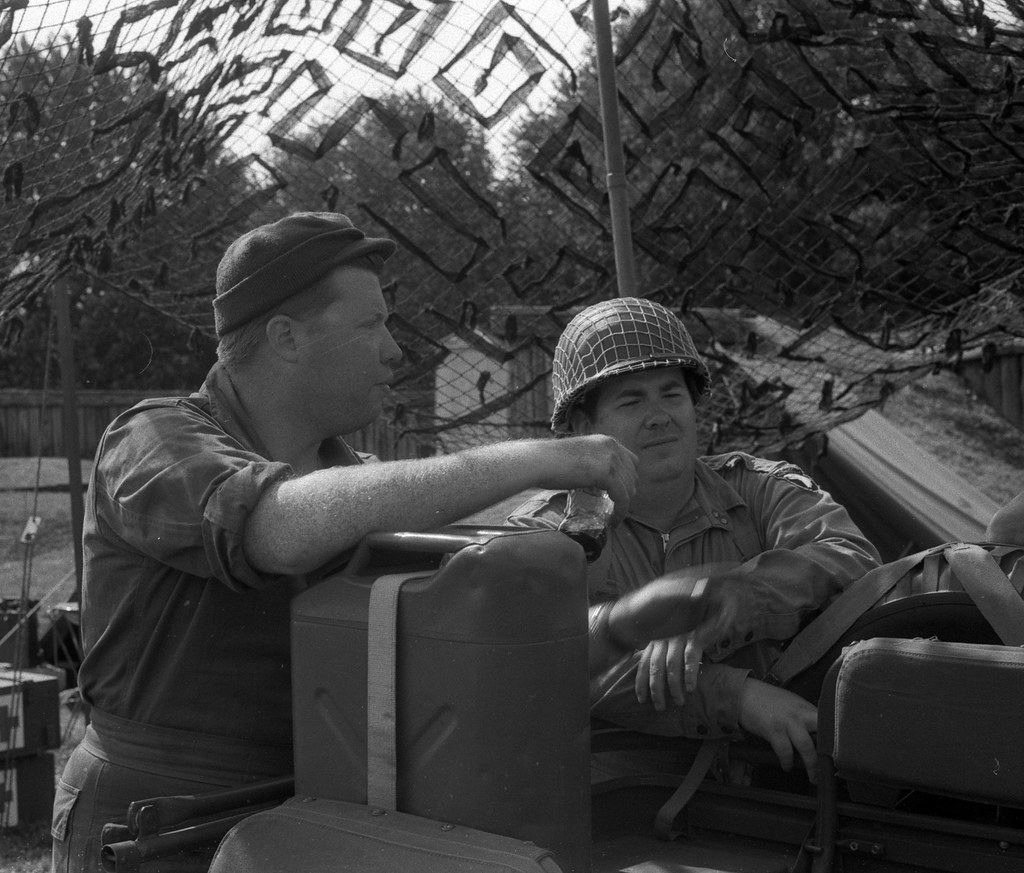

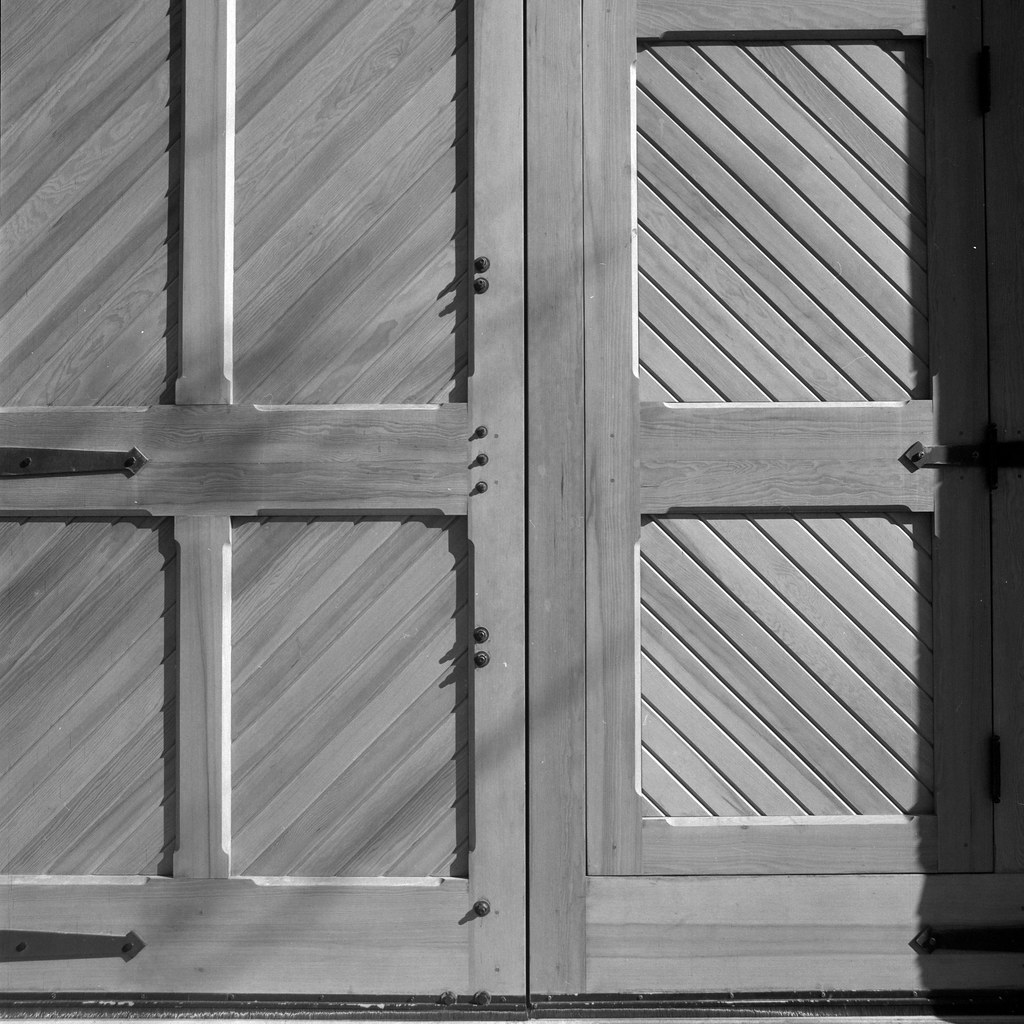
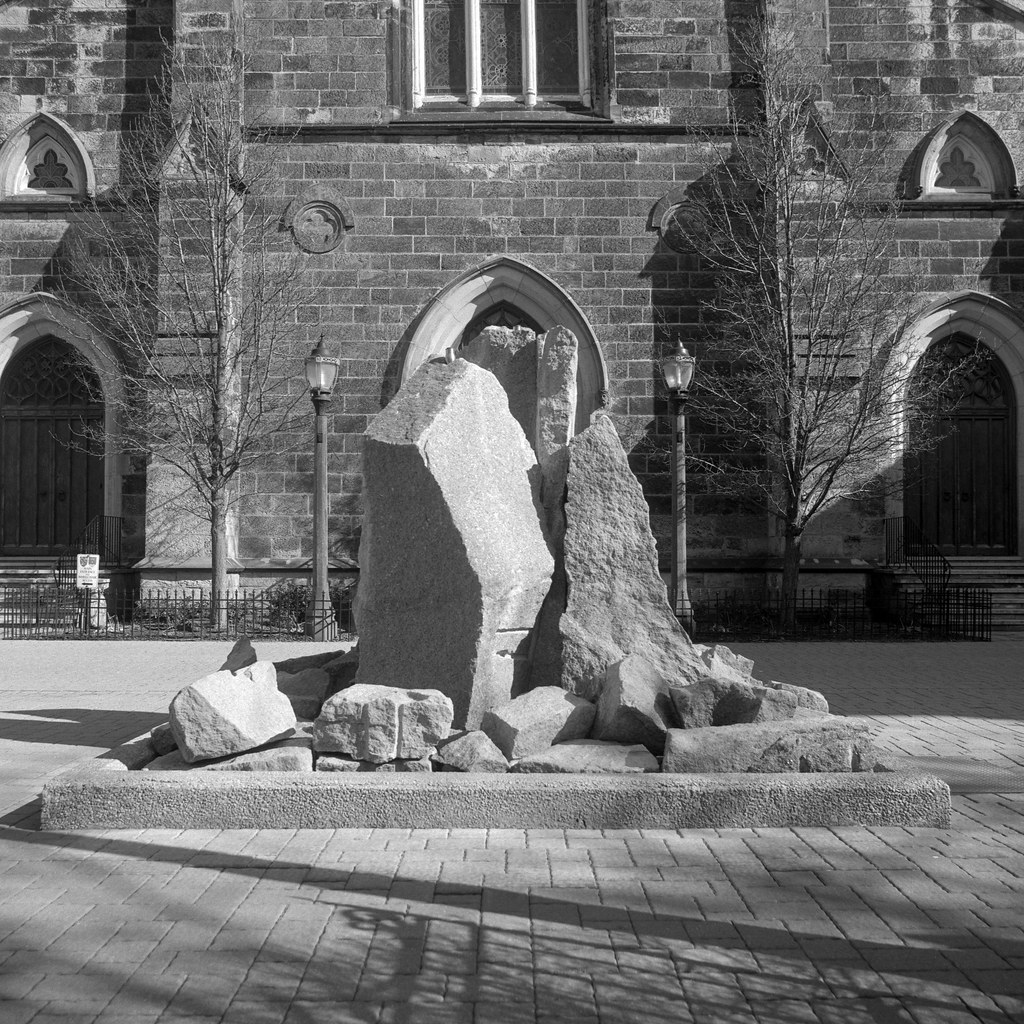
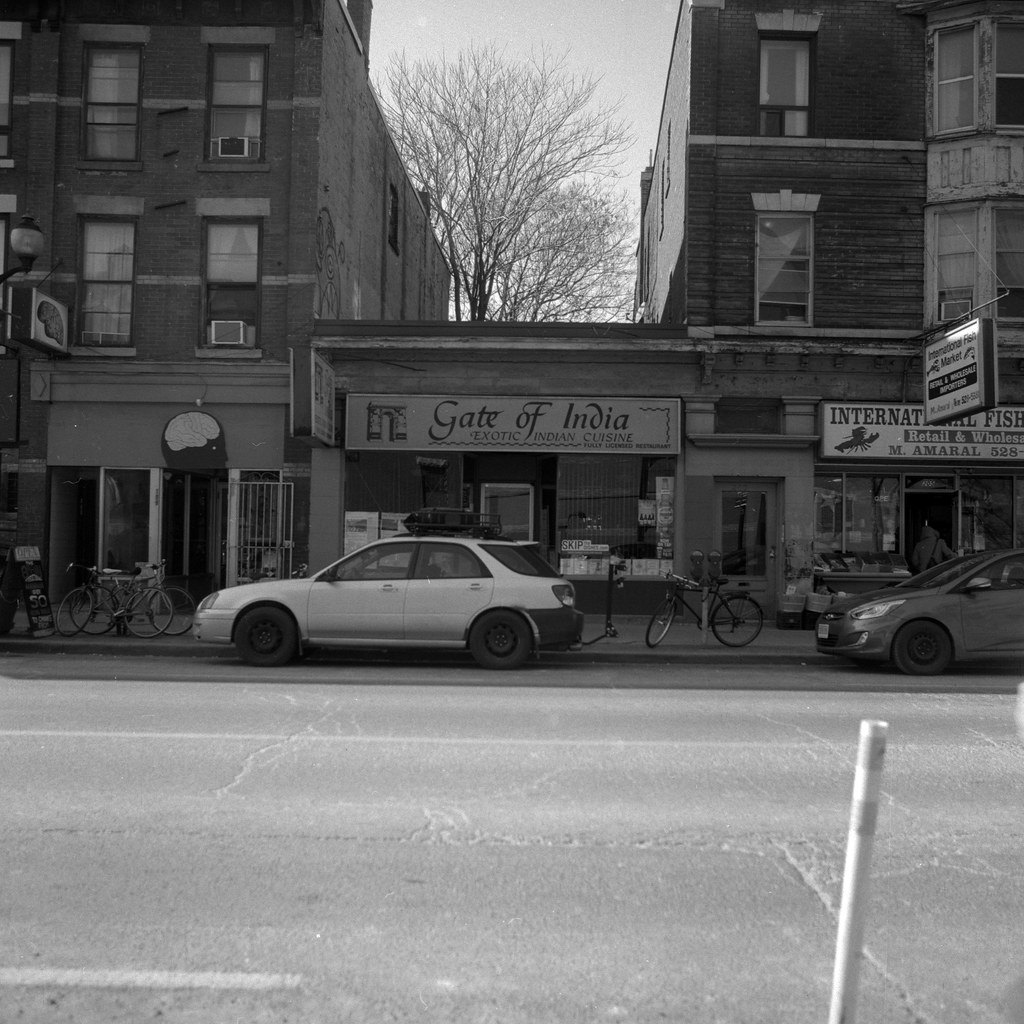
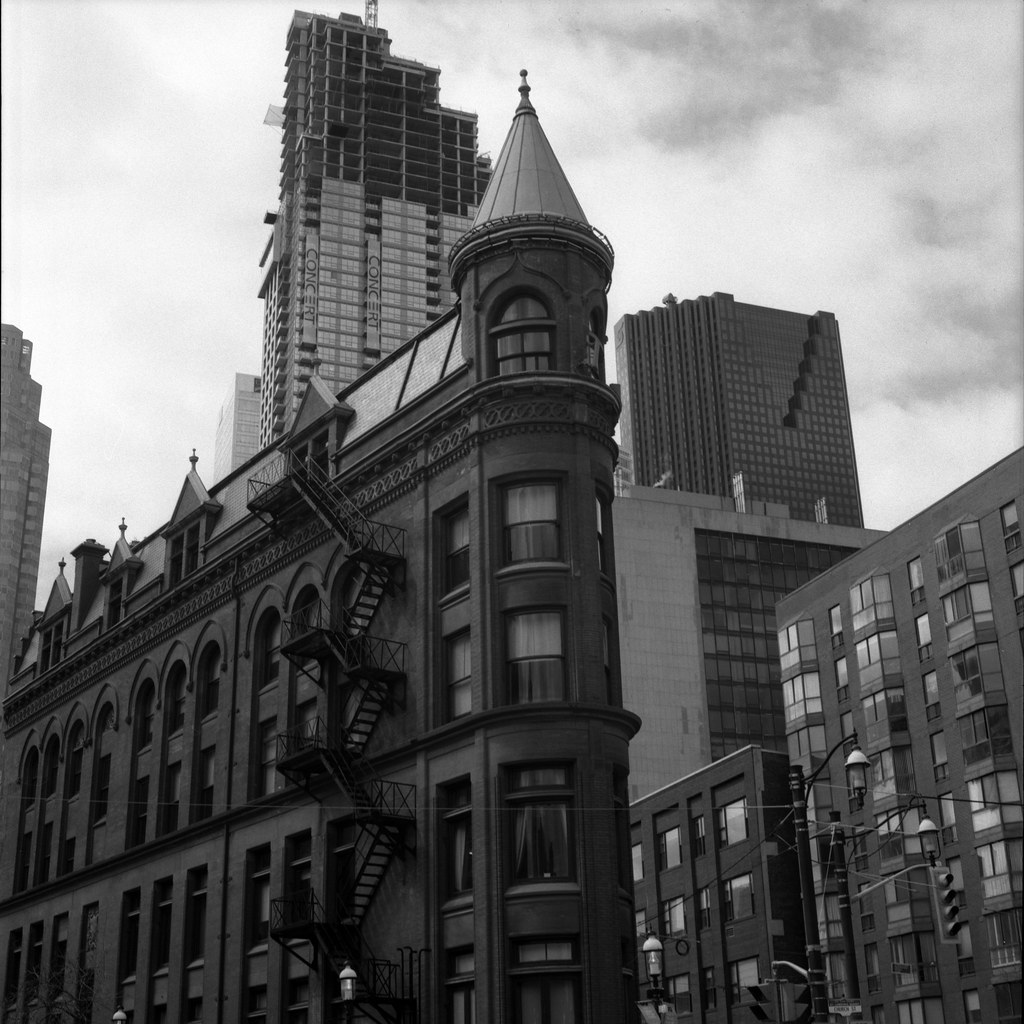
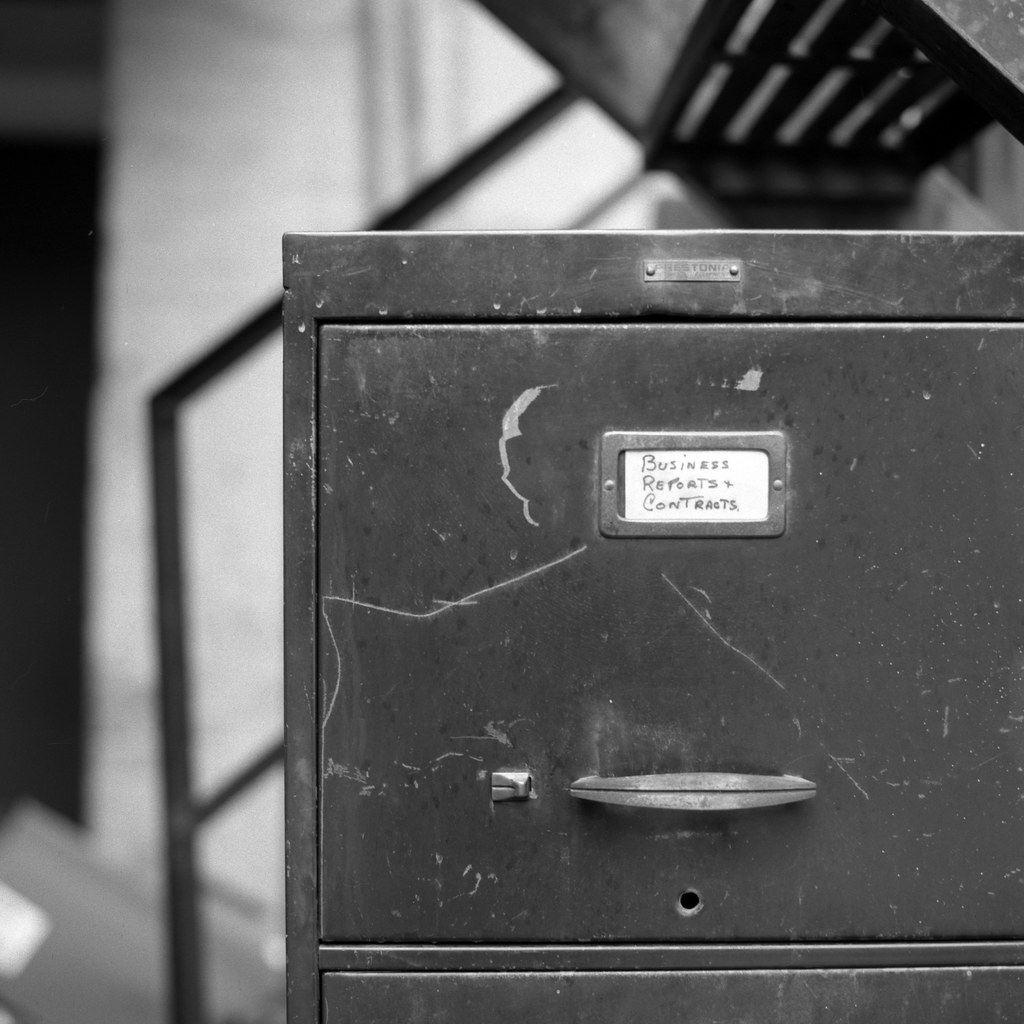
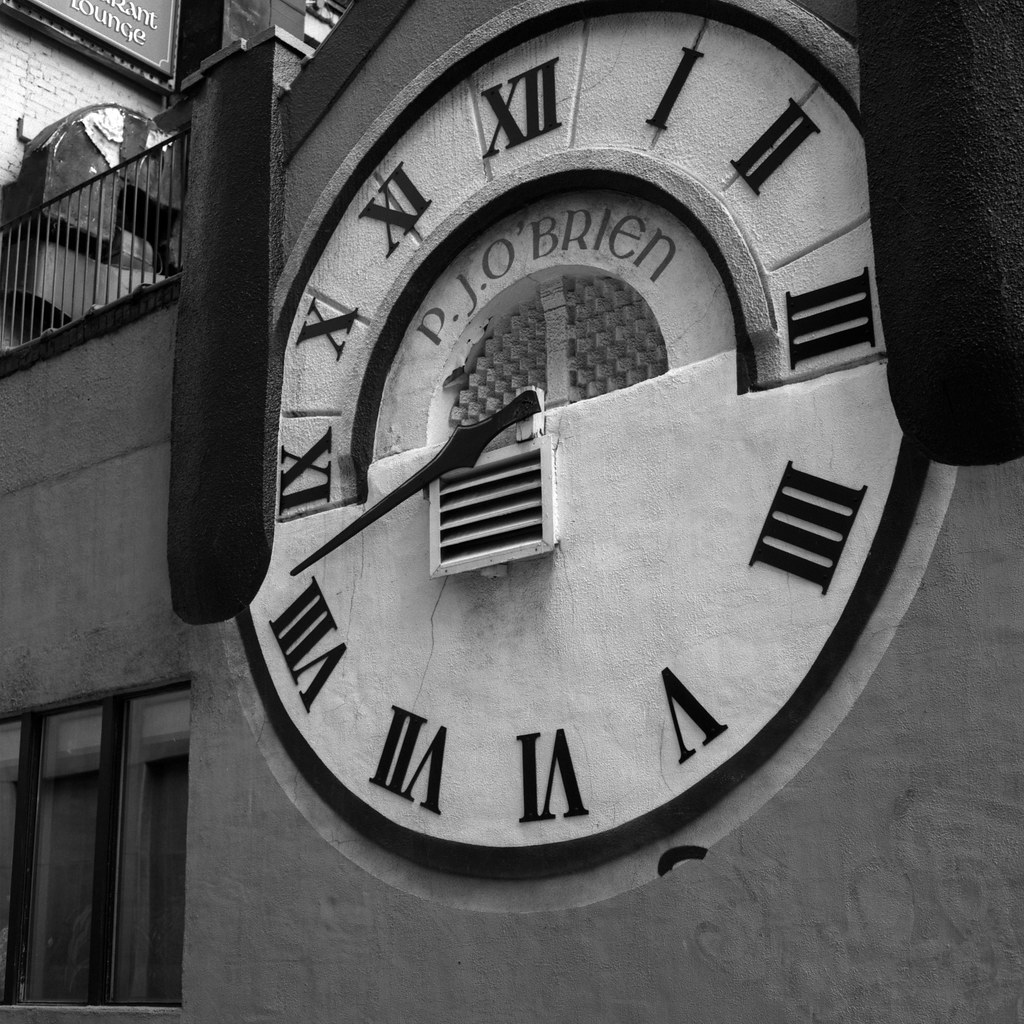
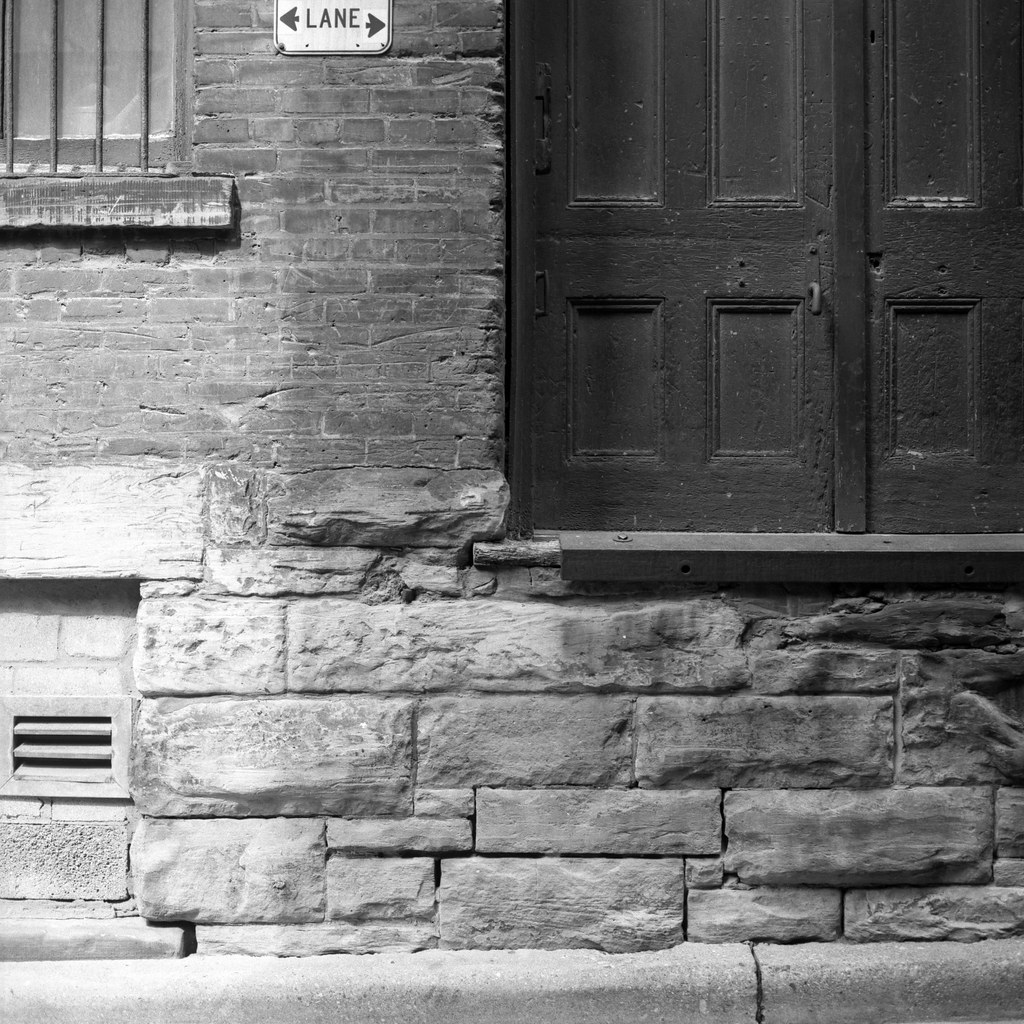
Hi Alex
Do you shoot fomapan 100 at box speed when developed in rodinal. @1:50 dilution
I do, but you could knock it back to 80 to help drop contrast.
Hello Alex, I use Ilfosol 3 developer, I have Fomopan 100; fomopan 400, fomapan 200, ilford hp5 plus 400, fp4 plus 125, and kentmere 400 films, which iso value and which mixture (1+9-1+14) should I use to get the best result from this developer, which developer do you recommend for these films?
That’s a big question! But first and foremost I have not developed Fomapan 100 in Ilfosol 3, but I can see it being a decent developer, I would try two rolls and develop on in 1+9 and another in 1+14. As a developer I am not a fan of Ilfosol 3, it doesn’t last long enough to make it economical unless I’m developing a large number of films in a short period. Of the films you’ve mentioned here are the ones I’ve done. FP4+ expose at 125, develop in 1+14, HP5+ expose at 200, develop in 1+9. Sorry I can’t help any more, but hope this little bit of information helps. Honestly I would invest in some Ilford ID-11/Kodak D-76 it’s a good well rounded developer that will do a good job with all the films that you’ve listed.